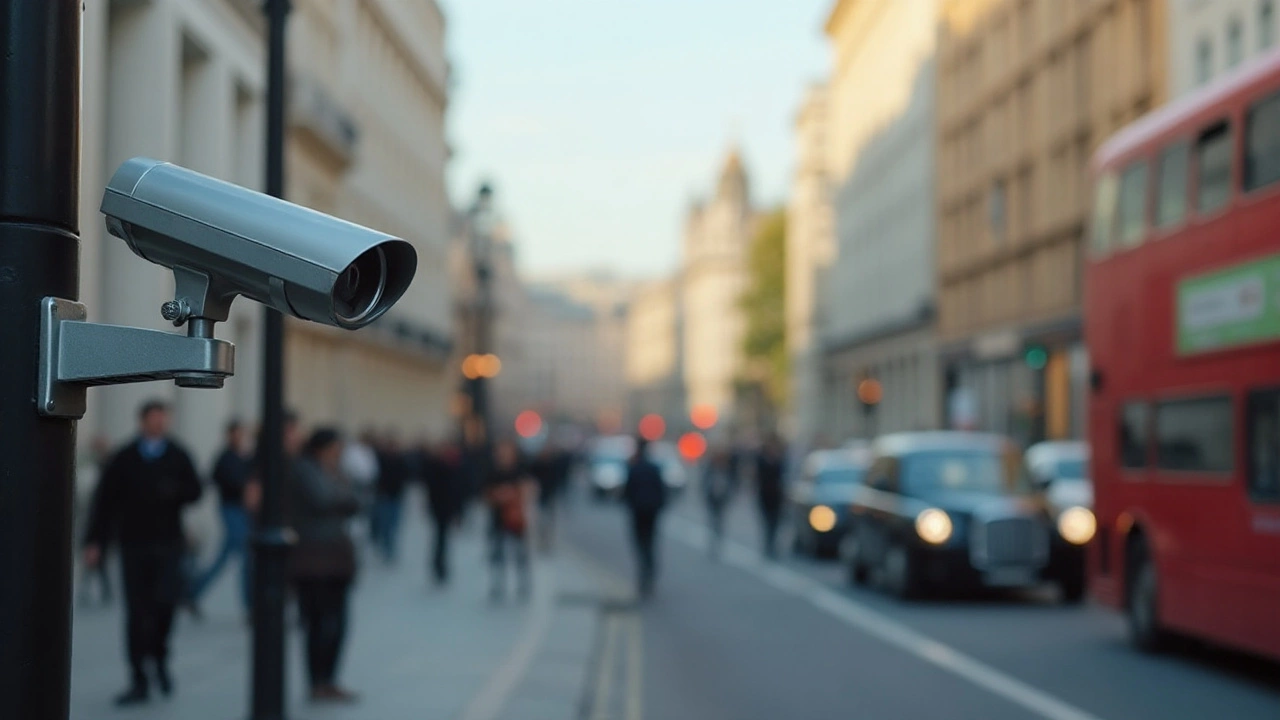Ever wonder why some cameras look great at night but turn into a blurry mess in the daytime? The secret is how daylight hits the sensor. In this guide we’ll break down the basics, show you which features matter most, and give you simple steps to get sharp, usable footage any time the sun’s up.
When the sun shines, the sensor gets flooded with light. If the camera’s image sensor is small or the lens is narrow, that extra light can cause glare, blown‑out highlights, or washed‑out colors. On the other hand, a good dynamic‑range sensor can balance bright skies with dark shadows, keeping details in both.
Many “night‑vision” cameras use infrared (IR) LEDs that help at night but can actually create a hazy look in daylight. That’s why many modern units let you turn the IR off during the day or automatically switch modes.
Look for these specs if daylight performance matters to you:
Brands that consistently offer strong daylight performance include Arlo Pro 4, Reolink RLC‑510, and Nest Cam IQ. All of them let you toggle IR and come with HDR or WDR built‑in.
Don’t forget the mounting spot. A camera aimed directly at the sun will always suffer, no matter how good the sensor is. Try to place lenses where the sun is at an angle, like under eaves or behind a small overhang.
If you can, add a small shade or a matte diffuser over the lens. It cuts harsh reflections and balances the light without obscuring the view.
Another tip: keep the camera clean. Dust or fingerprints act like tiny lenses, scattering sunlight and creating flare. A quick wipe with a microfiber cloth every few weeks keeps the picture sharp.
Finally, test the feed at different times of day. Most apps let you view live footage, so watch the video at sunrise, noon, and sunset. Adjust the picture settings (brightness, contrast) if your camera supports it, or move the unit to a better spot.
With the right hardware and a few placement tricks, your security system will deliver clear images whether it’s bright daylight or pitch‑black night. That means you’ll actually be able to see what’s happening, instead of guessing when the sun’s out.

Are night vision cameras just as effective during the day as they are at night? This article explores how night vision technology adapts to daylight conditions, including insight into their lenses and sensors, the benefits of using them in broad daylight, and understanding potential limitations. Readers can discover practical tips regarding the optimal usage of these cameras throughout the day and how to maximize their functionality. This guide provides valuable information for anyone interested in enhancing their surveillance systems with versatile camera options.